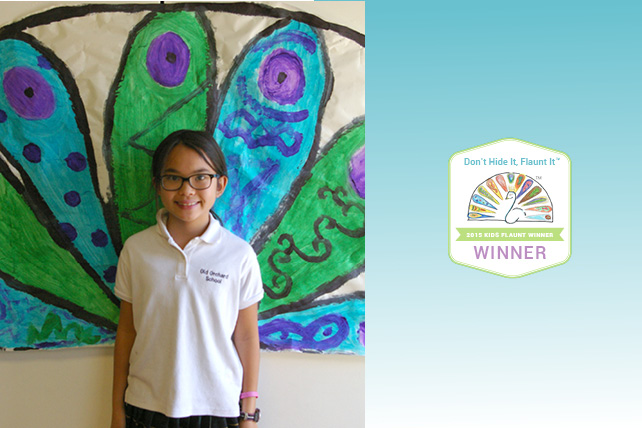
Don’t Hide It, Flaunt It: Contests and Programming on Visible and Invisible Differences
Don’t Hide It, Flaunt It, a Kars4Kids small grant recipient, is based on an idea so appealing, so inspiring, that we wonder why no one thought of it before. To answer our own question, maybe it’s because there has never been anyone quite like Don’t Hide It, Flaunt It’s Founder and President, Meg Zucker. Born with a genetic condition called ectrodactyly, a term derived from the Greek words for “abortion” and “digits,” Zucker never let her difference hold her back in any sphere: not in school, not in her professional life, and not in her personal relationships, either. That’s in spite of all the stares, and the well-meaning but unnecessary offers of help she receives each day.
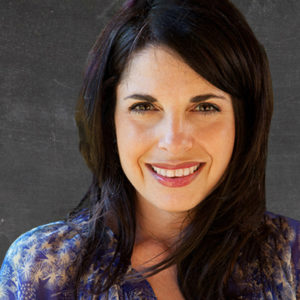
Meg can do anything you can do. She just does it with fewer fingers and toes. And she wants others to know that they can proudly hold their heads up and do whatever it is they want to do, no matter their own differences, be they visible or invisible.
We spoke with Meg to learn more:
Kars4Kids: How do children enter the DHIFI Scholastic contest?
Meg Zucker: Every fall at the end of September an email is distributed to teachers in schools with the link to the contest. It is also promoted via Scholastic Teachers Facebook page/advertising and marketing. Here is the link from last year’s contest: http://www.scholastic.com/flauntit/
Kars4Kids: Why fourth graders?
Meg Zucker: When our son Ethan was in 1st grade, he was bullied on the playground by several 4th graders who mocked him for only having one finger on each hand. Ethan shares my genetic condition, called ectrodactyly, along with his younger brother Charlie. The experience that day at recess was thankfully a one-off, but it prompted the principal of Ethan’s elementary school to have me come and speak with the school faculty, guidance counselor and nurse about what it is like to have a child with a difference and how best they could help our son.
The reality was, however, that as much as it was my pleasure to help guide them, I couldn’t help but think that the kids who taunted Ethan were the ones that needed as much if not more guidance in the school. My gut was that 4th grade was the perfect age to influence these young minds: to help empower kids that look or feel different to share their stories, while prompting kids that don’t look or feel different to realize that everyone or someone in their family has something that makes them, them. Something they would not want to be judged about.
Essentially, the perfect age to teach empathy to students is around the age of 9-10 years old.
Kars4Kids: Can you give us an overview of the Kids Flaunt education programs?
Meg Zucker: The Kids Flaunt contest is a contest (that we are looking to expand to other areas such as art and video) where kids are prompted to write a personal essay, prompted by the DHIFI theme, “The things that make me different, make me, me.” Kids are provided a sheet imprinted with the image of a peacock, our DHIFI logo—on which they write down all of their visible and invisible differences.
They can write about anything from being short or tall; wearing glasses to being color blind; having ADHD or an accent; or any type of disability. The contest runs from the end of September through November and is available to all 4th grade students in the U.S. in public and private schools. The winners are announced in December.
Participating classrooms are provided with an accompanying lesson plan. Teachers guide children on what it means to be different and how to be sensitive to the differences of their peers. The students not only write essays, but are encouraged to share their essays with one another.
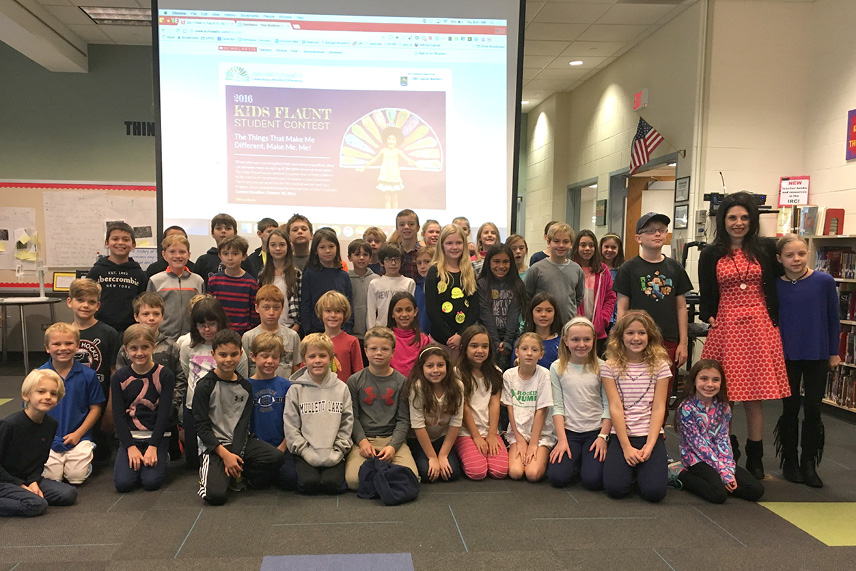
Kars4Kids: You’ve said that bullies need support as much their victims. How much of bullying is a result of bad parenting? Can a program in school be powerful enough to counter parental influences?
Meg Zucker: I am not a social worker or psychologist so I think it is better to steer clear from advice on how a particular style of parenting might cause bullying. However, I can speak from our own experience which is that, as Ethan says, it never occurs to a kid who is happy in his/her own skin to be mean to another. So of course, that raises the question: to what extent is the child feeling his/her own needs are being met at home? What makes them willing and able to be cruel to others?

Kars4Kids: You spent most of your career working in anti-money laundering and anti-terror for global financial institutions. What made you stop and take a step back to reevaluate the role you could play in the lives of your children, two of whom share your genetic condition, ectrodactyly?
Meg Zucker: When Ethan was bullied on the playground I was prompted me to realize that perhaps being born this way, my children being born this way, had a deeper meaning and I felt that it might mean I had an important calling in my life, aside from my dedication to my legal career.
Kars4Kids: You lived in Iran, Afghanistan, Pakistan, and Egypt. Was it known by those around you that you were Jewish as you lived in these Muslim majority countries? What had more impact in regard to marking you “different?” Ectrodactyly, or your religion? Can Judaism be an invisible difference, especially if one lives in a place where Jewishness must remain hidden?
Meg Zucker: Yes, I lived in all of those countries in addition to Israel as a child and young teen. Despite my obviously Jewish surname, Weinbaum, in these countries, my religious identity didn’t mark me nearly as much as my physical difference. Often, people would click their tongues at me, “Tsk, tsk, tsk,” and I would cringe the way some people respond to the screech of chalk on a blackboard.
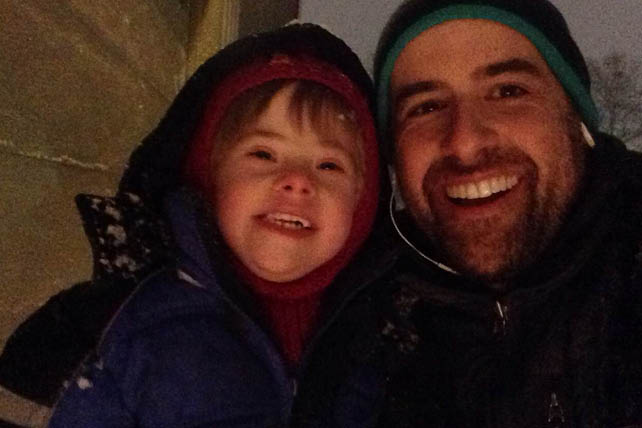
Kars4Kids: Was it difficult for you to be an American in countries not America, growing up? Is this a facet in what makes you sensitive to blatant and invisible differences?
Meg Zucker: It was not difficult being an American per se, but certainly very difficult being a person with a blatant difference in certain countries. Of course I am generalizing but in many situations we would come across people homeless or certainly struggling for food or handouts and upon seeing me, they would run away from my family out of fear that my family was cursed. They seemed to need to get away from or take pity on us. Just to reiterate—we were pitied by people who had no home, no job, no family.
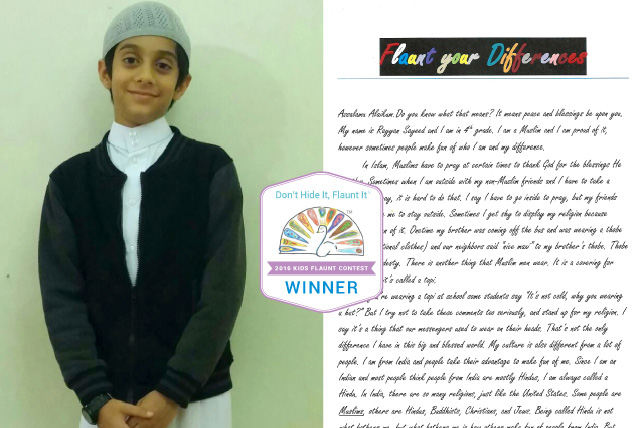
Kars4Kids: Is it your contention that an invisible difference carries the same weight as a blatant difference? Are some invisible differences simply a state of mind? Is not being one of the cool kids, for instance, in some cases as difficult as ectrodactyly? Would a child feeling different because of perceived unpopularity be as deserving of winning a contest for dealing with it as someone with a physical difference?
Meg Zucker: I think invisible differences can be even harder to manage and ultimately flaunt since a person has to choose to reveal it. I liken it to the fact that my one-toed feet are usually covered up with shoes and how it feels when I remove them to go to the beach or pool. I find it so much harder to reveal my usually covered feet than living my daily life being stared at for something I otherwise wear on my sleeve: my hand difference.
Yes—I totally agree feeling different is a state of mind. Certainly being treated as different can happen simply as a result of innocuous things like the clothing you choose to wear. I had a teen flaunt post on this very subject, “They decided I was different.”
The contest itself focuses on having an invisible or blatant difference and how the student has learned to embrace and accept themselves unconditionally, despite the judgment of others. For this reason, I am not sure that Rachel Cohen would be eligible to win the contest (the topic of acceptable clothing being a bit off target). Our essays are judged first by Scholastic, then by me to select the finalists and winners. Of course if an essay is in line with our goal of enhancing empathy in schools, anything is possible. But even if an essay isn’t quite the right fit to win our contest, the story of feeling judged about something, anything, is certainly ripe for potential publishing as a Guest, Teen, or Kid Flaunt on our website.
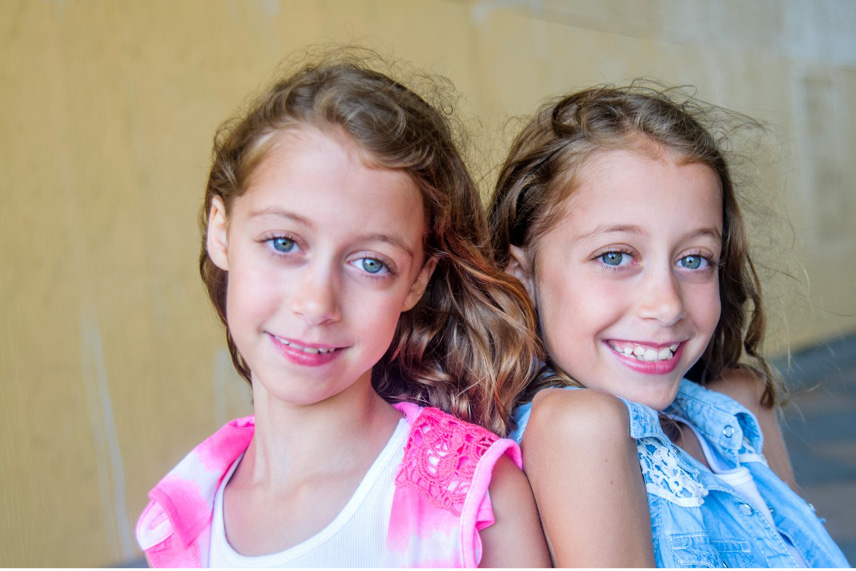
Kars4Kids: You dislike the word “disabled” and see ectrodactyly as your family’s vision of normal. Is ectrodactyly really the same thing as having blue eyes instead of, for instance, brown? Just a random difference?
Meg Zucker: I don’t think that having a genetic difference is precisely the same as having blue eyes, and etc., but that is mainly because by having it—we have to constantly navigate reactions and constant offers of help from strangers (with the best of intentions, even if usually not needed). Unless someone reminds us of our difference, however, we completely forget about it: it is simply what makes us, us, and so in that sense it is no different than having a different eye color.
Kars4Kids: What’s next for Don’t Hide It, Flaunt It?
Meg Zucker: We are continuing to gear up for our 2018 Kids Flaunt contest, looking to continue to raise money to expand the reach of our programming and enhance its content. We have also been partnering with prestigious universities and other corporations to offer “Flaunt It” diversity programming to employees and their families.